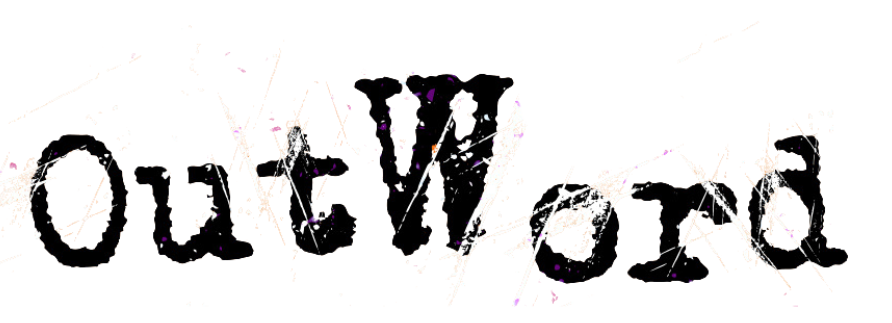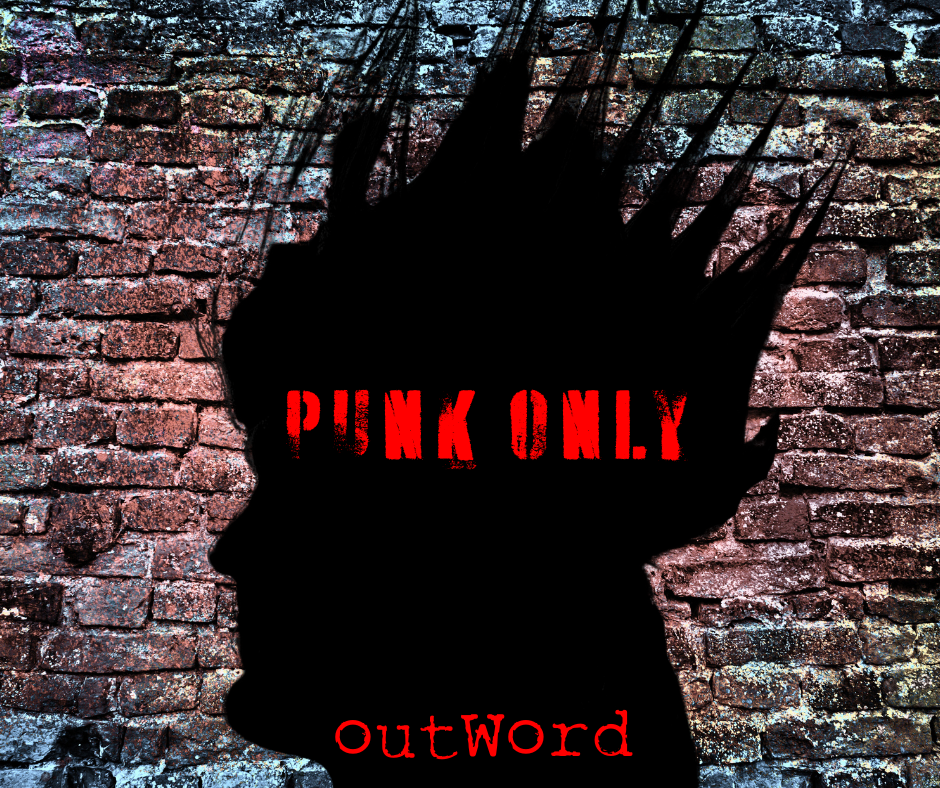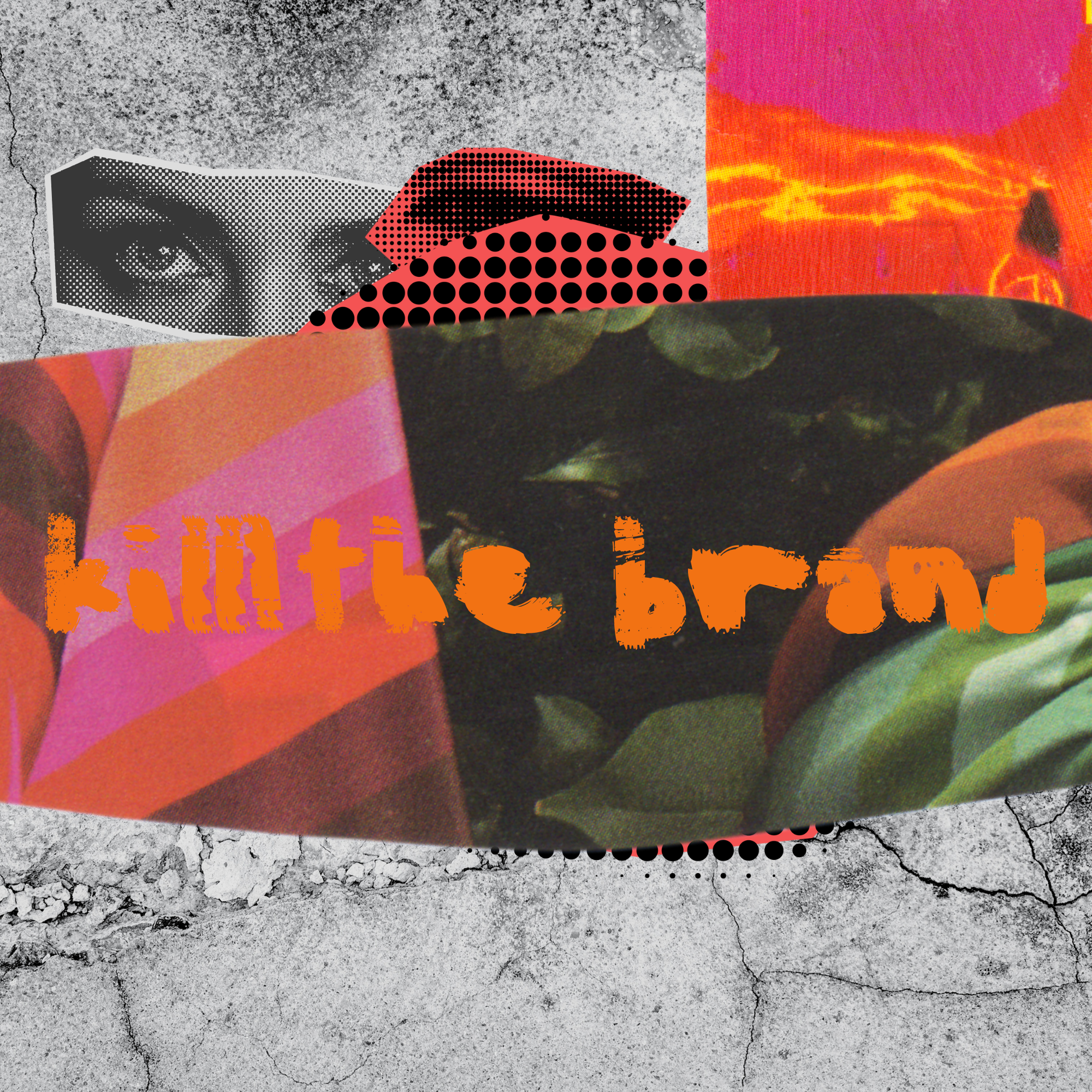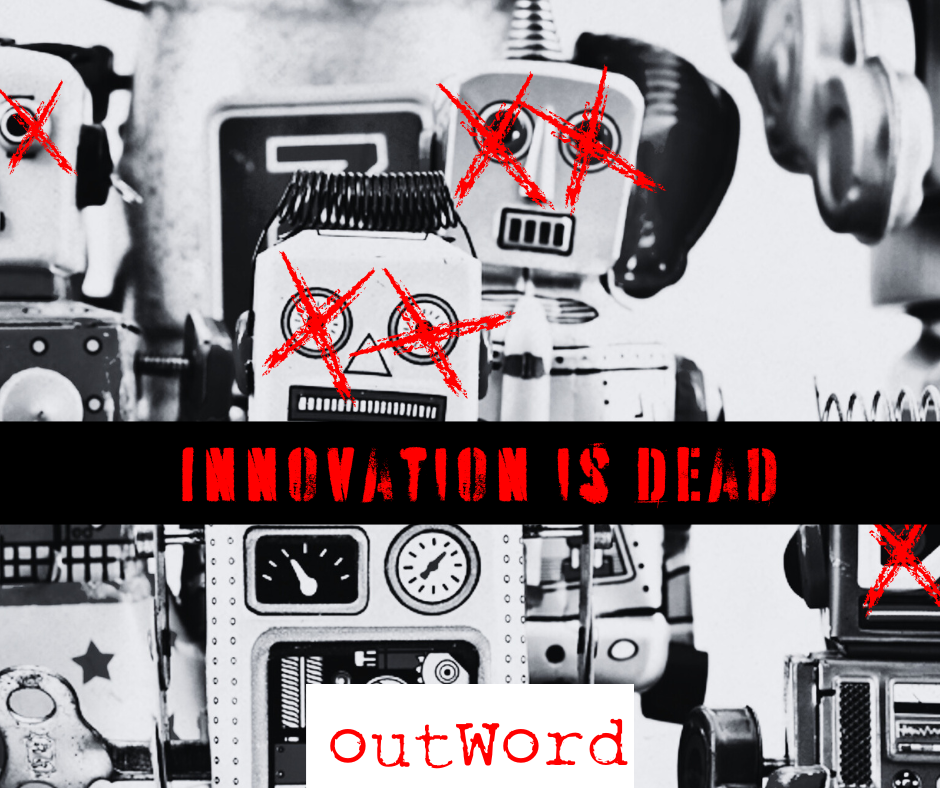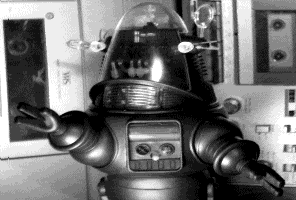“Best Practices” is the thing that everyone else is doing.
Allow me to be brutal from the jump: when you pursue “best practices” you may as well anonymize your brand and hide in the bushes. The “brand voice” you think you are cultivating adds to the din of the echo chamber. The solution is stupidly simple: be original.
Simple, but terrifying and likely something you won’t bother doing.
The Illusion of Safety, A Disaster of Conformity.
I’ll admit we all gotta start somewhere. I’m not going to jump down your throat because you googled (or asked a Chatbot, more likely) how to make your brand more recognizable and memorable. Whatever it takes to go from zero to one, fine. I get it.
One is the common denominator. The best practices are the safe bet that everyone hedges against. It is the average and predictable, it is the smooth cadence of the infinite doom scroll.
None of this makes sense. We all know (and see and feel) the pace of change. The glut of marketing practices and the flood of information we’re all forced to parse through on a daily basis should tell us that the best practices were never meant to hold up.
No, the “best practices” were minted by someone who is likely retired. They don’t care about it anymore. The practices carry on because they seem simple and make sense – but only in a closed environment. And the world we live in, the world your audience lives in, is anything but.
Best practices have reached far beyond the threshold of outdated and now dance among irritation. It is the sand you’re trying to build a house upon.
Imitation is no longer Flattery. Also, AI is Theft.
Your brand voice is not the product of a workbook. It doesn’t come from a weekend retreat or a paint-by-number tutorial. Like a human learning to speak, it eventually utters its first word and then rapidly absorbs the dialects and slang it needs to exist in this world. The language is the same, but every voice is different.
Mimicry is easy to spot. We know when you’re trying to sound like something you’re not. As of this writing we’re all sounding like a legion of robots, copied and pasted from the same large language model.
It’s all a little too perfect, isn’t it?
A Brand Voice, with a Lisp and a Drawl
Someone thinks your lisp is cute. It’s ok, nobody is perfect – which is the point.
There is no perfection. Your guess at what your brand voice should be is as good as anyone else’s. You may think you need to have everything tight and rehearsed, but audiences tend to talk more about how the speaker went into a fit of Tourrets. If you want to give them something to talk about, you need to be something worth talking about.
Perfectionism looks nice in a bikini, but no one invites it to the pool party.
The Point of A “Brand Voice” Is To Connect With The People Who are Waiting To Meet You.
I can’t tell you how many prospective clients have asked for “punchy and upbeat” copy for their website and their products, as though that is what we’re all waiting to read.
I look at positivity like salt: it’s either by the stove or on the dining table – rarely both. You either know how to use salt as you cook to season, or you leave it on the table for the diner to risk it. Positivity is either baked into the core of who you are, or it is sprinkled on your finished product for a light touch.
Despite my observations and conclusions, customers aren’t idiots. Anyone can spot forced cheer and toxic positivity like a zit on a dick. Frankly, they’d rather see that you are just as tired and worn out by this whole circus as they are.
The Shin-kicking Power of Unexpected Voices
I’m a loud guy (just meet me after my third drink), but one doesn’t always need to shout to be heard.
But there’s a far more compelling path. The brands that truly dominate mindshare, that forge deep emotional connections, are almost always the ones that have defied marketing conventions. They are the quiet disruptors. They don’t need to shout to be heard; their message resonates with an undercurrent of originality. They don’t mimic trends; they set the tone. And by embracing unconventionality, they cultivate something far more valuable than fleeting attention – they cultivate a movement.
Look at Muji. In a world of aggressive branding and shameless overconsumerism, Muji’s voice is an act of restraint. Utilitarian design, minimalist communication, an intentional avoidance of overt branding – a quiet confidence that delivered acolytes to their doing. Focus on function, jettison the unnecessary. The weight of a life of solid quietude. they shatter the “rule” that brands must be visually and verbally dominant. Yet, their quiet confidence has built a cult-like following who deeply appreciate their functional focus and rejection of unnecessary extravagance. Muji’s rebellion is in its powerful quietude.
Consider Patagonia. Beyond the outdoor apparel – they straight up sell a philosophy. “It’s easy to make something complicated. The hardest thing in the world is to simplify,” says their founder, Yvon Chouinard (who is a welcome guest at OutWord, whenever).
In a time when brands are defined by what they can get their customers to buy, Patagonia would rather you not buy that new coat. I have traded in old coats and brought worn gear to their stores to repair zipper and patch holes. They understand that every product they sell comes from a system that impacts every part of the world. If they’re going to make something, they’re going to make it last. Their ethos is at the center of what they do, they are as committed to the values of their customers as their customers are to them.
Every beauty brand wants you to be a decade younger. Yet, the process of aging and the certainty of genetics has a way of keeping everyone looking the way they look. Aesop, out of Australia, might be the only beauty brand that focuses on inner beauty. In addition to the whole “sustainability first” B-corp, circular economy practices that make up the tangible logistics, Aesop is a brand of intellectualism and sensory contemplation.
Aesop grasps that fine line between understated and minimalist. It is a sophisticated approach that puts the customer at the center of the experience without guilting anyone with a superficial promise.
These are all things these companies would do anyway. The brand voice is what they use to show what is important to them. They aren’t different for the sake of novelty. Aesop isn’t minimal because Apple stores were minimal, Patagonia cared about the environment long before their gear was developed, Muji is speaking to the historic essentialism of Japanese culture. Each of these brands know the world is overwhelmed with the marketing noise and everything they do is at a level where they will connect with those who are looking for relief.
So what the hell does this mean for you?
How does a solopreneur or a small business owner get the balls to escape the orbit of “best practices”?
It all comes down to the question: why do you do what you do?
Beyond the demographics and market research and volatility reports, why the hell are you in the game you’re in? What are you willing to say, with complete honesty and imperfection, about your business and its philosophy that might scare folks and/or cast you in a less-than-great light?
What are you tired of seeing? What are you against? If you could blink certain parts of your industry out of existence, what would they be?
Reader: you can do anything. Why not do it the way you want?
Let’s talk about it?
